Help protect biodiversity! There are over 7 million humans in Arizona, and we all rely on insects and plants to survive. Native plants support native wildlife. Using native plants in your yard and landscapes is the best way to support healthy ecosystems and protect biodiversity.
An easy place to start with planting natives is a pollinator garden. No matter where you live – a house or apartment – you can grow plants that provide food, habitat, and protection for native pollinators.
Check out these 8 plants, perfect for your pollinator garden.
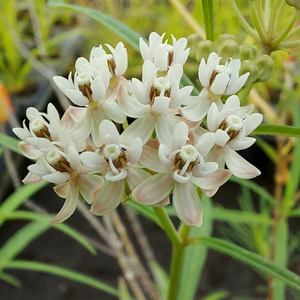
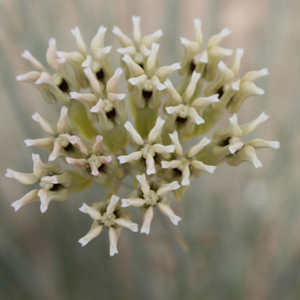
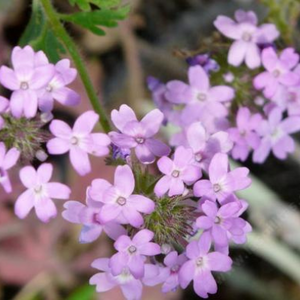
Arizona Milkweed / Asclepias angustifolia
Perennial | Flowers May through August
Slender plants with multiple stems with umbels of small white to pale pinkish flowers. Narrow lance-shaped leaves are sparse to somewhat dense along the length of the stem. This heat-loving milkweed can grow with very little water but prefers to grow in a part-shade location with irrigation for best results
Desert Milkweed / Asclepias subulata
Perennial | Flowers June through September
Desert Milkweed will thrive in a location with lots of suns and reflected heat. It is an invaluable addition to the butterfly garden because it is a crucial food source for the larval stage of the Queen and Monarch butterflies.
Goodding Verbena / Verbena gooddingii
Perennial | May through October
Fragrant, lilac-purple flowers begin opening in clusters just above the fuzzy grey-green foliage in spring and will continue to bloom through fall if given supplemental water through the heat of the summer. Specimens grown without extra irrigation will bloom heaviest in spring and fall, taking a break and going dormant through the summer and winter. Loves heat, sleeps through cold, and does great in planters or the ground as long as it has adequate drainage.
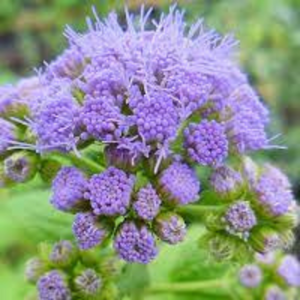
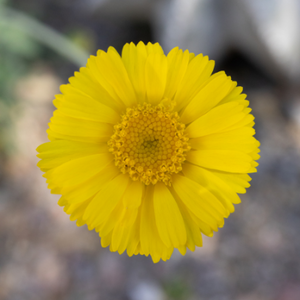
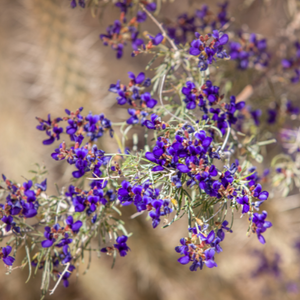
Gregg’s Mistflower / Conoclinium greggii
Perennial | Flowers March to November
Growing 2-3 feet tall with small thistle-like bluish-purple blooms. This plant likes to live in full sun to part shade. It is drought tolerant and suitable for xeriscaping.
Desert Marigold / Baileya multiradiata
Perennial | Flowers March-November
Desert marigold is a well-behaved plant that thrives in poor, dry soils and extreme heat. It is subject to crown rot if the soil is too wet. A stand of desert marigold will self-sow in favorable conditions. The seedling rosettes require a period of cold dormancy to set buds.
Indigo Bush / Amorpha fruticosa
Perennial | Flowers April-June
Thrives in full sun or light shade, in average, medium to wet, well-drained soils. Tolerates wet soils as well as poor, sandy dry soils. Rich in nectar: attracts bees, butterflies, and other beneficial insects.

 Flattop Buckwheat / Eriogonum fasciculatum
Flattop Buckwheat / Eriogonum fasciculatum
Perennial | Flowers March – June
Small evergreen shrub with needle-like dark green foliage that grows at a moderate rate to two or three feet tall and twice as wide. Masses of tiny white to pink flowers appear in dense clusters above the foliage in late winter, and again in the summer. Full sun is necessary for a dense compact growth form.
Blackfoot Daisy/ Melampodium leucanthum
Perennial | Flowers March-November
The blackfoot daisy is a sturdy, mounding plant that will flourish in rock gardens. It is heat and drought-tolerant. Good drainage is essential to its success. In late winter, older plants can be cut back halfway to keep them compact. Rich soil and abundant water will likely produce many more flowers in the short-term, but may consequently shorten the lifespan.
Planting native plants are a great way to protect biodiversity and support our native pollinators. For more information on creating a pollinator garden click here.
Did you know that up to 70 percent of water use is outdoors? That’s why we love desert plants and feature them each month. You can learn more about Ironwood and other plants on our Arizona Low-Water-Use Plants page. Visit our page on Choosing and Planting Low Water-Use Plants for tips on plant selection and how to plant properly. Also, be sure to read through all of our featured Plant of the Month blogs!
Water – Use It Wisely is proud to feature guest bloggers who write about topics related to water and water conservation. This article is being reprinted with permission by Boyce Thompson Arboretum. The mission of Boyce Thompson Arboretum is to inspire appreciation and stewardship of desert plants, wildlife, and ecosystems through education, research, and conservation. The original article was published May 12, 2022 and can be found here.
Photos all provided by Boyce Thompson.


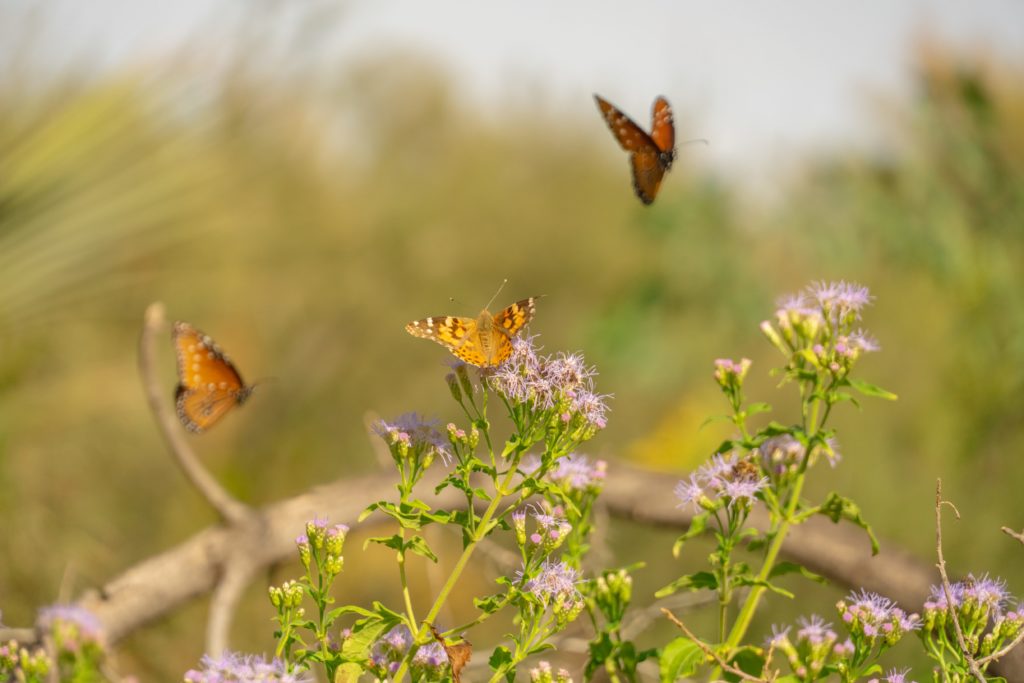
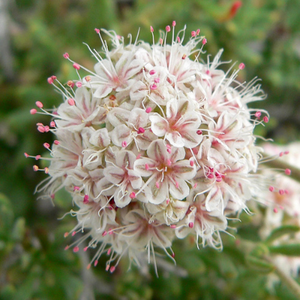
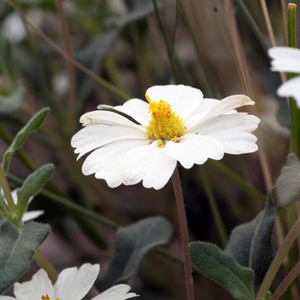 Flattop Buckwheat / Eriogonum fasciculatum
Flattop Buckwheat / Eriogonum fasciculatum